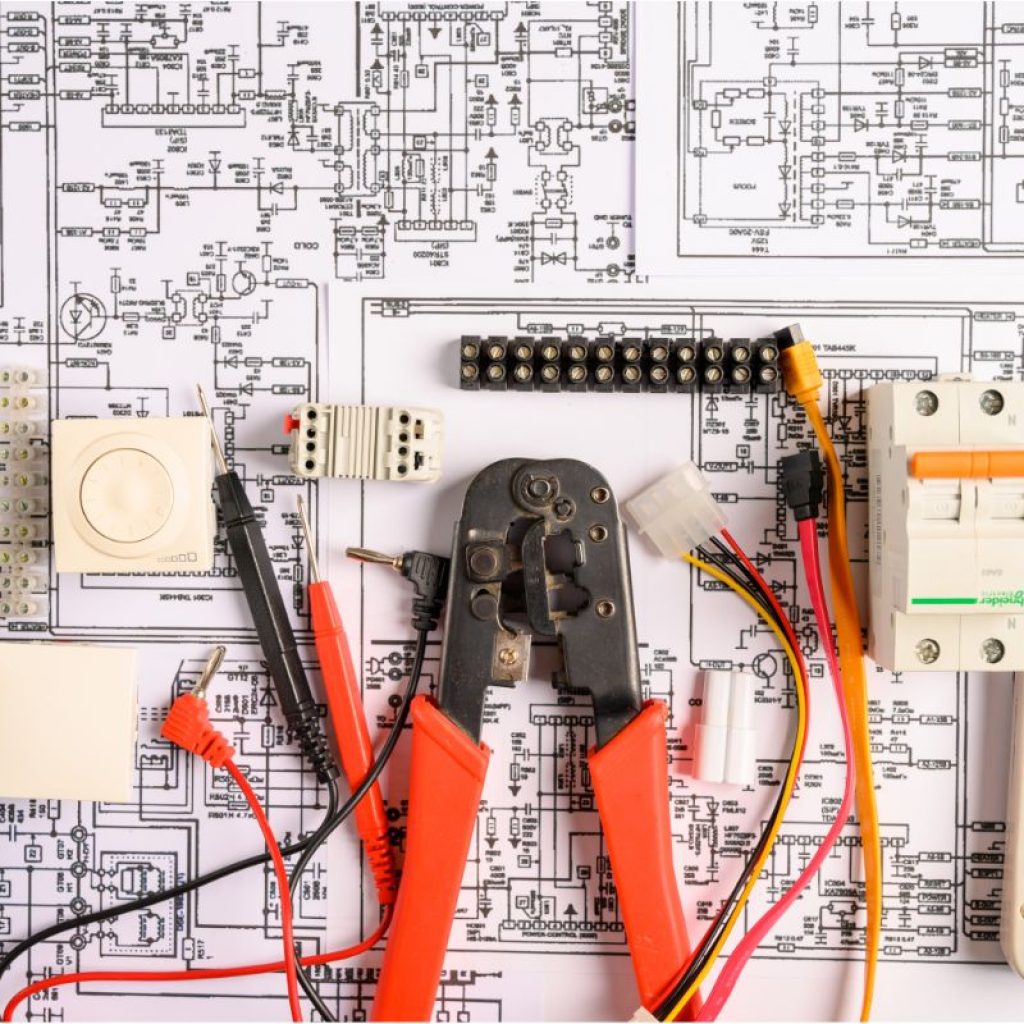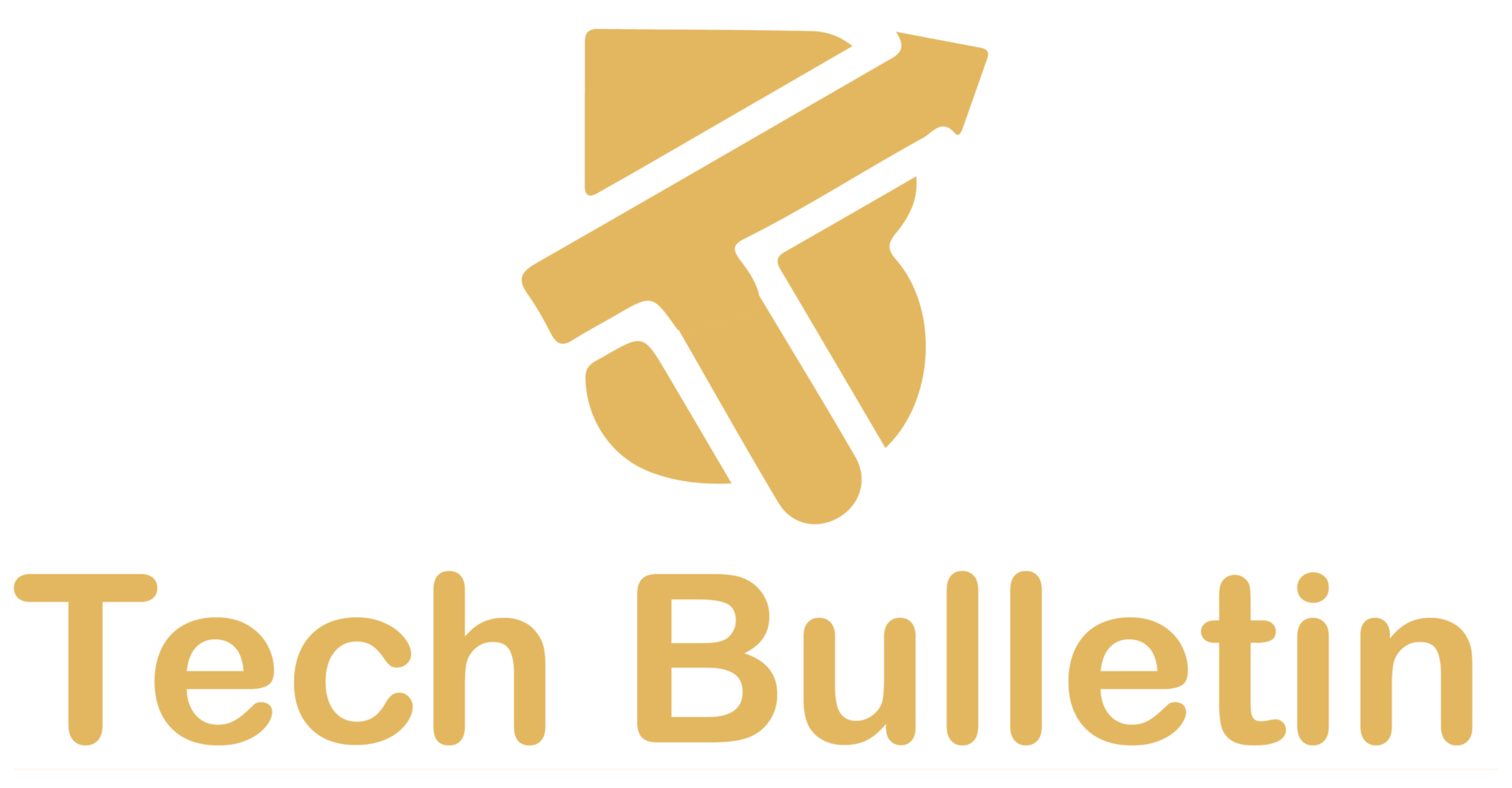What are the emerging tools and platforms for prompt engineering?

The world of prompt engineering is evolving quickly, and staying up to date on the latest tools and platforms is crucial for anyone involved in artificial intelligence (AI) development or generative AI systems. But what exactly are the emerging tools and platforms for prompt engineering, and how can they benefit you?
In this article, we’ll explore the exciting innovations in prompt engineering tools, dive into how they can optimise your AI models, and give you a roadmap to understanding what’s available. Whether you’re a seasoned AI expert or just beginning your journey, there’s something in this guide for you.
What is Prompt Engineering?
Before we dive into the tools, let’s clarify what prompt engineering is. In simple terms, prompt engineering involves crafting inputs (prompts) that can help AI systems generate useful and meaningful outputs. As the AI field continues to grow, the tools for designing these prompts are evolving rapidly.
Why Prompt Engineering Matters
Practical prompt engineering is essential for creating high-quality, contextually appropriate responses from AI systems. By adjusting how you interact with an AI model, you can influence the type of response you get. This can be especially useful when working with advanced language models like GPT-3, GPT-4, or other AI platforms.
Key Emerging Tools in Prompt Engineering
As the field of prompt engineering continues to grow, several tools have emerged that offer more power, flexibility, and ease of use. Let’s explore some of the most noteworthy ones.
1. OpenAI Playground
OpenAI’s Playground is a user-friendly interface that allows you to test and refine prompts for GPT-3 and GPT-4 models. It provides an interactive space where you can see how your prompt changes the output in real time, making it easier to experiment and improve your prompt engineering skills.
Features:
- Real-time feedback on how prompts influence the AI output.
- Easy-to-use interface for both beginners and experts.
- Ability to adjust various parameters like temperature and max tokens to fine-tune responses.
2. GPT-3 by OpenAI (via API)
While OpenAI’s Playground is excellent for quick experimentation, the GPT-3 API allows for deeper integration into applications. For those looking to build custom AI solutions, GPT-3 provides a platform that you can use to engineer prompts and create unique, intelligent systems.
Features:
- Access to GPT-3 for custom applications.
- Scalable for large projects and enterprise use.
- Versatile capabilities for diverse applications, from chatbots to content generation.
3. Hugging Face Transformers
Hugging Face has emerged as one of the leading platforms for AI and machine learning tools. Their library, Transformers, provides a variety of models that you can fine-tune and experiment with. This is an excellent resource for prompt engineers who want access to a wide variety of AI models and the ability to fine-tune them for specific tasks.
Features:
- Access to thousands of pre-trained models.
- Easy-to-integrate API for fine-tuning and testing.
- Active community and collaboration opportunities for learning and innovation.
4. AI Dungeon

If you’re interested in generative storytelling or game-based prompt engineering, AI Dungeon is an intriguing option. It leverages GPT-3 to create dynamic and interactive storytelling experiences. You can create and manipulate stories in real-time by adjusting prompts, making it a powerful tool for prompt engineers looking to develop highly engaging content.
Features:
- Real-time story generation based on your prompts.
- Customizable settings to control the direction of the story.
- Highly interactive experience for creative AI-driven applications.
Platforms for Fine-Tuning Prompts
While generating prompts is a crucial part of the process, fine-tuning your models to get specific results is just as important. Several platforms make this step easier.
1. Weights & Biases
Weights & Biases is a powerful tool for tracking experiments and fine-tuning AI models. It allows you to easily track the performance of your models and optimise your prompt engineering process through structured experimentation.
Features:
- Track and visualise machine learning experiments.
- Automatically log your AI model’s performance.
- Collaborate with your team to optimise model outcomes.
2. DataRobot
For those looking to build AI models at scale, DataRobot offers a platform that automates machine learning workflows, including fine-tuning prompts. It’s beneficial for enterprises looking to deploy AI models quickly and efficiently, while also ensuring that the prompts are optimised for maximum performance.
Features:
- Automated machine learning for quick model deployment.
- Fine-tune models and prompts for better accuracy.
- End-to-end platform for AI model lifecycle management.
Tools for Advanced Prompt Engineering
If you’re working on more specialised AI tasks, such as natural language understanding or specific domain applications, you’ll need tools that offer greater control and flexibility. Here are some of the best advanced tools for prompt engineers.
1. PromptLayer
PromptLayer offers a unique toolset for managing and tracking prompts used in AI systems. It allows you to track the history of all prompts used in your projects, making it easier to debug issues, analyse performance, and optimise your models over time.
Features:
- Track and manage prompts for future reference.
- Analyse and optimise prompt performance.
- Seamless integration with OpenAI API for enhanced functionality.
2. LangChain
LangChain is a Python-based framework that integrates AI models with external tools and environments. It’s designed for developers who want to create more complex workflows with prompt engineering as a key component.
Features:
- Supports large-scale prompt engineering projects.
- Integrates with multiple data sources for dynamic responses.
- Highly customizable for specialised applications.
Comparing Tools for Prompt Engineering
Below is a table that compares some of the most popular emerging tools for prompt engineering. This can help you decide which tool or platform is best suited for your needs.
| Tool | Main Features | Best For |
| OpenAI Playground | Real-time prompt testing, simple interface | Beginners, quick experiments |
| GPT-3 API | Custom integrations, scalable, flexible parameters | Developers building custom AI |
| Hugging Face | Thousands of pre-trained models, fine-tuning options | Advanced prompt engineers, ML devs |
| AI Dungeon | Interactive storytelling, game-based prompt experiments | Creative AI developers, storytellers |
| Weights & Biases | Experiment tracking, performance monitoring | Fine-tuning, collaborative teams |
| DataRobot | Automated machine learning, model lifecycle management | Enterprises, AI model deployment |
| PromptLayer | Prompt tracking, performance analysis | Debugging, historical tracking |
| LangChain | Python-based, integrates external data sources | Advanced integrations, custom workflows |
Pros and Cons of Prompt Engineering Tools

Let’s take a quick look at the advantages and disadvantages of using these tools for prompt engineering.
Pros:
- Improved Efficiency: Many tools streamline the process of generating and refining prompts, saving you time.
- Customisation: Advanced platforms offer fine-tuning options that allow you to tailor prompts for specific tasks.
- Real-Time Testing: Some tools, like OpenAI’s Playground, allow you to test and adjust prompts instantly.
Cons:
- Complexity: Some tools, particularly LangChain or Hugging Face, require a higher level of expertise and experience.
- Cost: Advanced tools such as GPT-3 or DataRobot may have significant costs associated with their use.
- Limited Scope: Not all tools offer the same level of customisation or access to certain types of AI models.
Frequently Asked Questions (FAQs)
1. What are prompt engineering tools used for?
Prompt engineering tools are used to design, test, and fine-tune prompts that help AI models generate relevant and accurate responses for various applications.
2. Can I use OpenAI’s GPT-3 for free?
OpenAI provides limited access to GPT-3 through its Playground and API, but full access typically requires a paid subscription.
3. How does Hugging Face help with prompt engineering?
Hugging Face provides pre-trained AI models that can be fine-tuned with custom prompts, making it a powerful resource for more advanced prompt engineering.
4. What are some popular use cases for prompt engineering tools?
Popular use cases include content generation, customer support chatbots, AI-driven storytelling, and more.
5. Is LangChain suitable for beginners?
LangChain is a more advanced tool and is better suited for developers familiar with Python and AI integrations.
6. Can I automate prompt testing?
Yes, tools like PromptLayer and Weights & Biases allow for automated tracking and testing of prompts to optimise AI performance.
7. What are the benefits of real-time prompt testing?
Real-time testing allows you to see the immediate effects of changes to prompts, helping you fine-tune them for better results.
Conclusion
The tools and platforms for prompt engineering are evolving rapidly, offering an array of features that can significantly enhance your AI projects. Whether you’re just starting or working on a complex AI system, there’s a platform or tool that can meet your needs. By understanding what’s available, you can improve the way you design and refine prompts, ultimately enhancing the performance of your AI models.
Also Read: Advanced machine learning techniques you must learn







